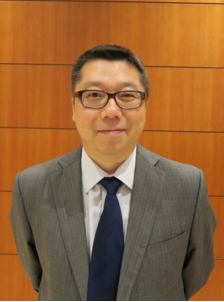报告人:凌志聪
报告时间: 2018年2月2日,上午9:30至11:00
地点:主楼东侧楼425
个人简介:

凌志聪,中国香港大学,副教授。政治面貌(无),专业研究方向为凝聚态物理,在半导体缺陷、电学和光学、载流子输运、器件等方面发表多篇重要文章,在国际上具有影响力。本次报告的内容为氧化锌半导体材料的缺陷研究。
报告内容:
Defects are introduced into materials with intention or are presence in the materials with the growth. Defects in the materials play crucial role in determining the electrical, optical and magnetic properties of the materials, and the special functionality of the material can be tailored by defect engineering. ZnO is a direct band gap semiconductor having an ultra-violet (UV) bandgap already found multi-functionalities with various potential applications, like UV-optoelectronic, transparent conductive electrode, sensors, piezoelectric, spintronic, dielectric and photocatalysis etc. Despite of the importance, the understanding of defects in ZnO is still far from complete and controversial.
The current presentation introduces three spectroscopies for defect characterization, namely positron annihilation spectroscopy (PAS) which is selectively sensitive to Zn-vacancy related defects in ZnO, photoluminescence (PL) which is used for probing optical active deep level defects in the band gap, and X-ray photoelectron spectroscopy (XPS) which is sometimes used for identifying the oxygen vacancy. Studies on intrinsic defects in undoped ZnO will be summarized. Some examples will also be given to illustrate the functionality of defects in ZnO. These include the VO-transition-metal defect complex associated to room temperature ferromagnetism in transition-metal doped ZnO, the acceptor-donor electron pinning defect complex in acceptor-donor co-doped ZnO ceramic responsible for the colossal dielectric constant (dielectric constant >104), and the Sb (and As) shallow acceptors in p-doped ZnO’s.
